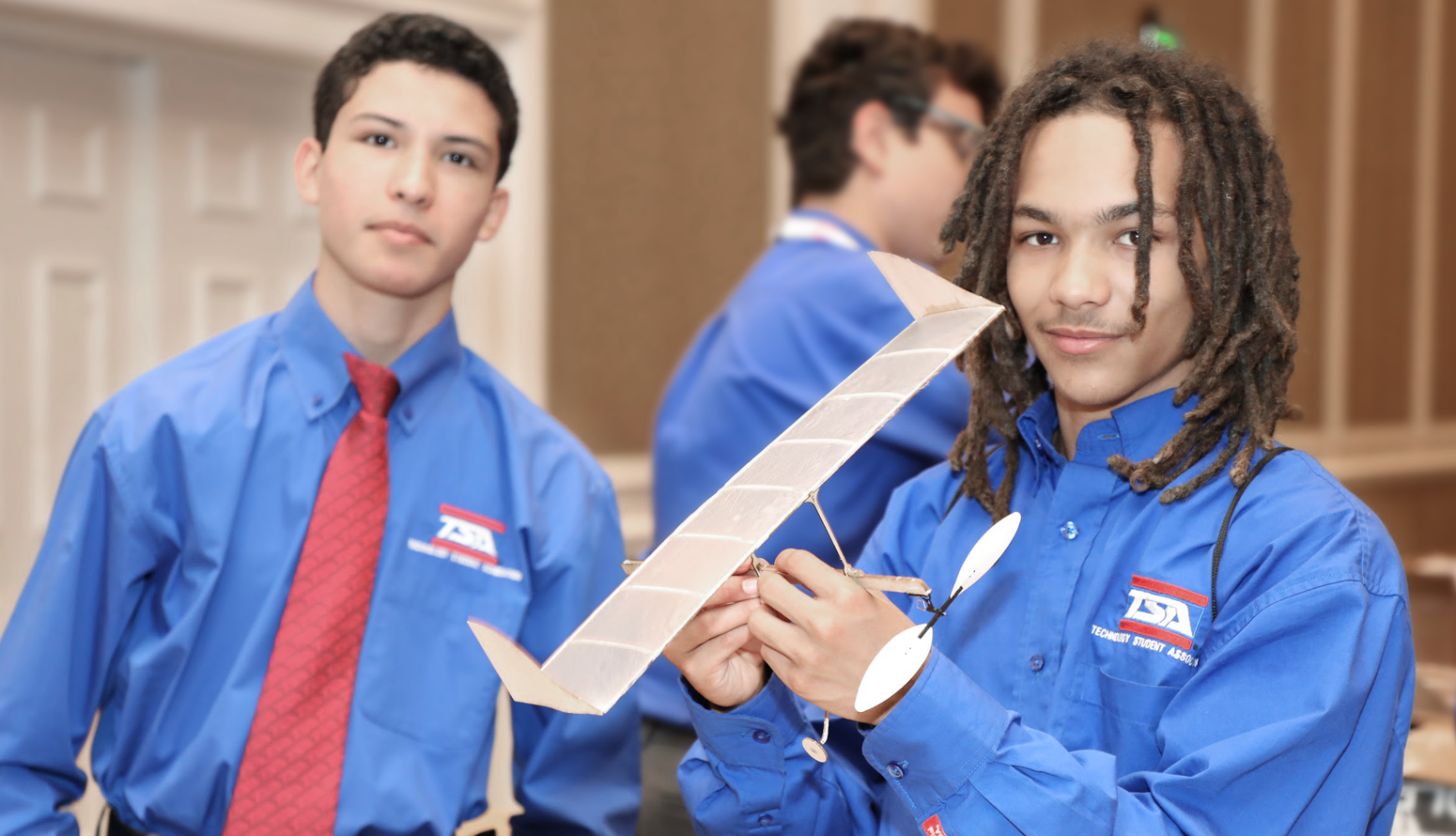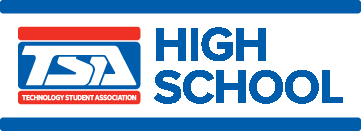In the High School Competitive Events Guide for the 2025 and 2026 National TSA Conferences, TSA offers 40 high school competitions. The eligibility chart provides the eligibility requirements for each competition and is applicable to the national TSA conference. (State delegations may choose to alter their events for local conferences. Click on your state to preview the requirements pertaining to your regional and/or state conferences.)
Animatronics
Architectural Design
Audio Podcasting
Biotechnology Design
Board Game Design
Chapter Team
In the Middle School Competitive Events Guide for the 2026 and 2027 National TSA Conferences, TSA offers 37 middle school competitions. The eligibility chart provides the eligibility requirements for each competition and is applicable to the national TSA conference. (State delegations may choose to alter their events for local conferences. Click on your state to preview the requirements pertaining to your regional and/or state conferences.)
Audio Podcasting
Biotechnology
To address the annual theme, participants select a contemporary biotechnology issue and demonstrate understanding of the topic through their documented research and an original display. Semifinalists participate in an interview.
Career Prep
Based on the annual theme, participants conduct research on a technology-related career, prepare a letter of introduction to a potential employer, and develop a job-specific resume. Semifinalists participate in a mock job interview.
Challenging Technology Issues
Chapter Team
Participants take a parliamentary procedure test to qualify for the semifinal round of competition. Semifinalists conduct an opening ceremony, items of business, parliamentary actions, and a closing ceremony.


